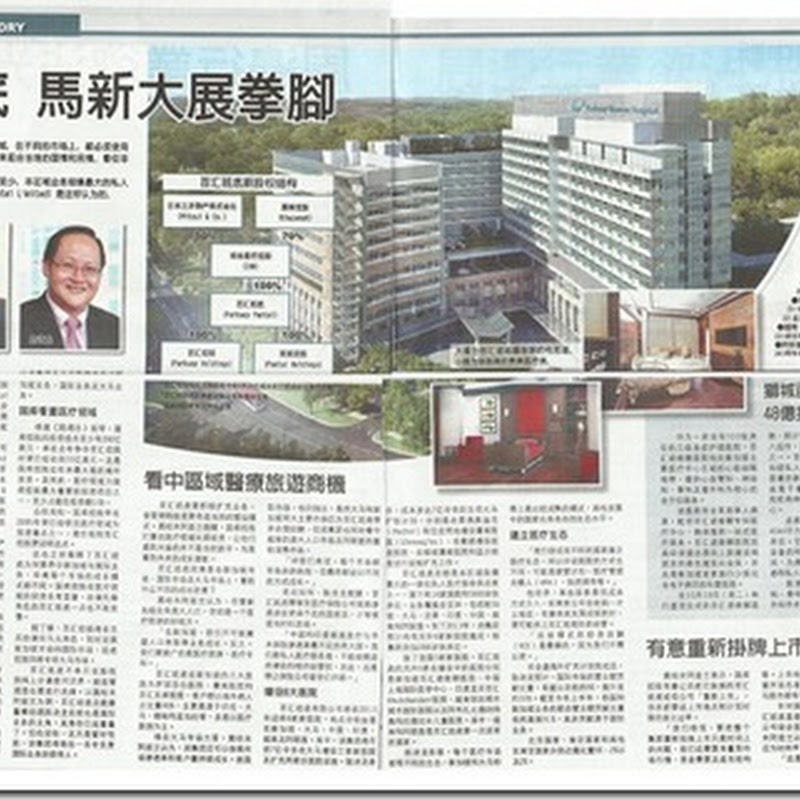The group offers trading, stocking and manufacture of pipes, fittings and flow control products. It serves both new oil and gas exploration activities as well as maintenance of existing oilrigs.
What’s NEXT...
Pantech Group Holdings Bhd’s earnings outlook remains positive for the next two years as it moves up the value chain and rides on the oil and gas boom.
Maintenance contributes about 40% to the oil and gas business. Due to the scarcity of the resource, oil exploration has now shifted to deep sea with harsher environment. This provided a good opportunity for Pantech as such exploration required equipment with high yield stress and could tolerate very low temperature.
The equipment, which is mostly not available in Malaysia, has better margins. The high corrosive and yield stress piping comprised about 25% of total sales during the first quarter 2008.
While manufacturing output is close to maximum capacity, the company decided to hold back on expansion until it secures the approval from Saudi Aramco to supply pipes to Saudi Arabia. Demand would increase significantly if the company gained the authorisation. It is currently running at 90% capacity and expected to reach maximum production by second half of 2009.
Pantech, which penetrated new markets like Kazakhstan, Brunei and Sri Lanka last year, expects further exposure in these countries.
Meanwhile, the company has been able to pass on some of the rising costs arising from higher freight charges and electricity tariffs to its customers. Electricity cost, fortunately, only impacted a small fraction of the business as it constituted less than 3% of total operating expenses.
On its joint venture in Vietnam to set up manufacturing facilities, the group was evaluating the impact of inflation. The situation could be situational due to cyclical factors while the investments would be for long-term returns.
Pantech’s management keeps prudent in managing cashflow by using internal generated funds for investments and capital expenditure. As such, dividend payout would increase gradually.
Uninvestable – Oil CEOs Unconvinced With Trump To Plunder Venezuela
-
Every time the United States makes its move against a sovereign state –
either through an invasion or a political intervention – it’s always about
oil or...
1 day ago





















































No comments:
Post a Comment